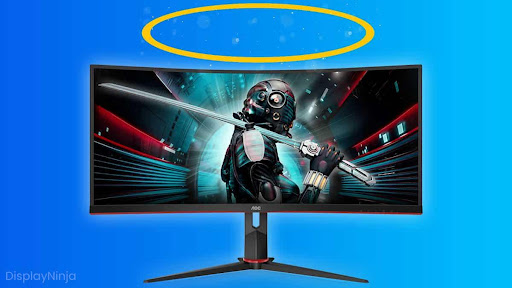FALD Blooming or halo effect is a themed problem that re-occurs. First, you need to know briefly about what is FALD blooming or halo effect is. We will also discuss how to fix this issue.
So, What is FALD blooming or halo effect?
Usually, the FALD blooming or halo effect is observed when the light is reflected in a dull or dark section from a really tiny shining object. It is a display exhibit and an example of it can be from your daily visuals that are the stars in the sky that shines bright in the dark black sky.
It is a kind of issue that is related to circumscribed dullness of the matrix in LED Smart TVs. This problem is only associated with the matrix of LED smart TV and it cannot be seen in organic LED TVs because the light-emitting diode panels that are present in OLED Smart TVs have the function of automatically turning the present pixels switching on and switching off on their own without any external effort. And the display screen technology of OLED intrinsically generates different colors with the help of pixels which form appropriate black without facing blooming problems.
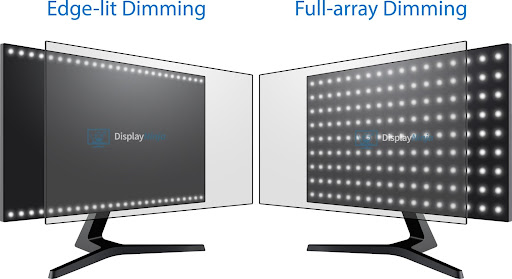
Whereas the LED back-lit screen, which is LCD, usually demands a full-array dulling/dimming function of the screen of the TV and the edge-lit dimming system for the monitor screen. Because of the complete local dimming function, they are high-flown by FALD blooming or halo effect.
FALD is known as full-array local dimming. The imprecision could be corrected and become precise if more sections are present. When a section is illuminated it is noted that the average luminosity is distinct to the section present next door to. It is also noted that the object which is being lightened by this zone do needs large amount of brightness such that it just catches the eye. This phenomenon is known as ‘blooming’. This phenomenon has a negative effect because the objects carry a round halo around them. This blooming phenomenon is mostly observed where there is need of high contrast and highlights which is instantly attracted by the eyes since it is a static scene.
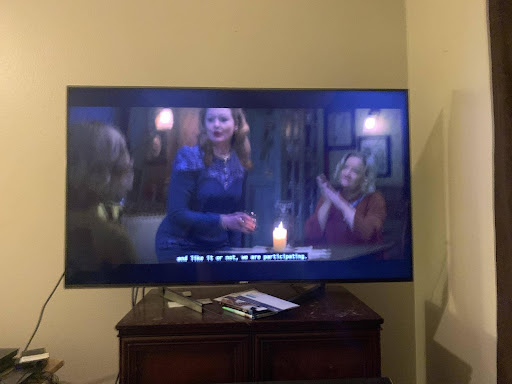
This is the reason why there is a high demand for using miniLED because by using this it can be observed that there is a high number of zones. FALD has a very less number of sections or zones which easily forms a halo effect or blooming and this it’s the biggest demerit. A large number of sections or zone can be observed in many models such as sony, and Samsung, and because of the high number of zones, it instantly converts the picture content. This makes it harder to identify the blooming effect even if you try looking at it carefully and this is a good sign.
How does FALD bloom or halo effect?
In order to get a better backlighting facility, LCD manufacturers usually add an LED system behind the screen, which is generally bifurcated into two zones of dim.
When there is a scene that requires a brighter object in a darker background ( for example starry sky and galaxy, or solar system), the area of LEDs at the back of the object turns on while the rest of the areas remain dim. However, there’s a big problem, which is the light in the area that is brighter.
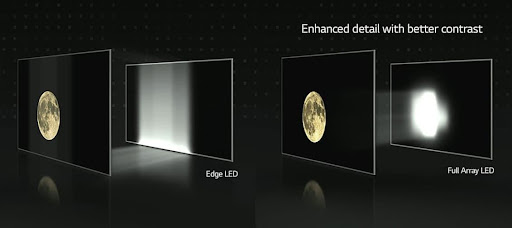
The light of the area that is lit spreads to the places that surround the lit area as a result of which the areas which are not brighter get illuminated suddenly, causing a minor lightning effect.
This affects our watch experience as it causes a halo kind of effect around the brighter or lit stuff.
So it can be said that all LCD TVs and LED backlights and full array locals suffer from blooming.
The hollow effect may vary from led to LED depending on the number of local dimming zones. This is the reason why it is so important that the local timings on a TV have a lower blooming effect because actually the blind spreads to the dim areas so both the local gaming zone sir TV have the lower blooming effect.
Can you determine whether your device is having FALD blooming or a halo effect?
No need to worry if you don’t know the technique of determining whether the device you are using or operating is showing a FALD blooming or a halo effect. It is not any kind of rocket science but is very simple.
Just go through some related videos on YouTube and there they will describe every aspect of the issue and from there you can easily determine whether your device is showing FALD blooming or halo effect or not. So the internet can help you with that.
LG is one of the big supporters of OLED Technology it is quite logical if you take into account that today LG is one of the largest producers and supply of organic LED panels so the sea all base manufacturer has also published some videos regarding the television and how to test it whether if it’s a blooming effect or not.
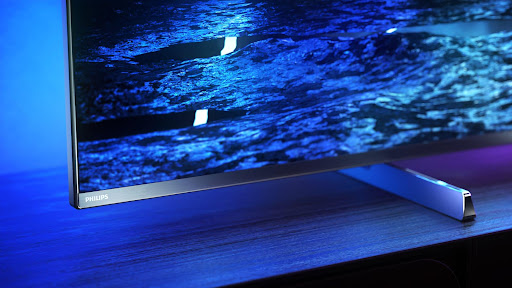
So now the next question which you as a buyer of a new TV set would have is how to avoid this blooming or Halo effect.
All you need to know about it is that unfortunately very few options are provided when it comes to solving the hollow effect on the blooming problem beyond buying a television with a greater number of dimming zones or OLED mode. We can’t avoid the situation however we can reduce this annoying problem to some extent. The backlight can also be reduced. We should also affect and reduce the blooming. The lower the backlight the reduced the blooming effect.
Conclusion
Usually, the FALD blooming or halo effect is observed when the light is reflected in a dull or dark section from a really tiny shining object. There are several questions like How does FLAD blooming or halo affect? Are answered. In order to get a better backlighting facility, LCD manufacturers usually add an LED system behind the screen, which is generally bifurcated into two zones of dim. We hope that you like the guide on What Is FALD Blooming or the halo Effect and that you got all the details related to the topic.
